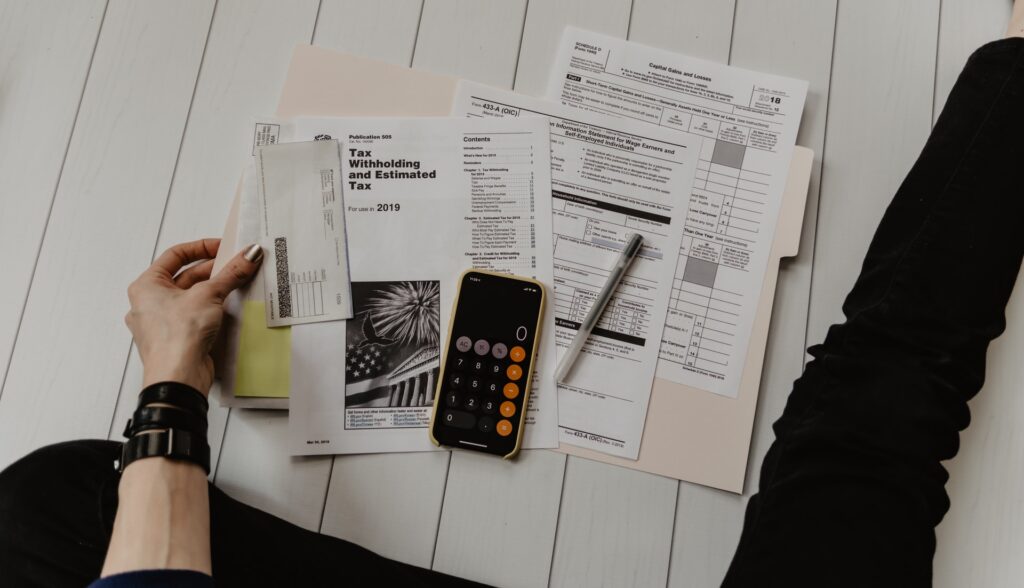It is often said that the true failure is not in falling down; it is not getting up again. There is no need to sugar coat it, bankruptcy is not a pleasant reality, and it can be quite difficult. But as always, there is a silver lining if you can figure out how to rebuild credit after bankruptcy and get a hold of your finances. The important thing to realize is that even though bankruptcy does significantly damage your credit rating, the damage is by no means permanent. This blog will give you a general overview of some steps you can take to rebuild your credit score and begin the journey out of bankruptcy.
Create a Clear Budget: The very fact that you had to file for bankruptcy should be a wakeup call for you to take your finances seriously. The first step is to know your weakness and begin planning your finances accordingly. One of the most important aspects of rebuilding credit after bankruptcy is to create a clear budget. Once you create a budget, you will get a clear idea about how much you need to save and how much you can afford to spend. Regularly sticking to your budget will help you keep track of your finances without any trouble.

Build an Emergency Fund: Most people are forced to file for bankruptcy because they encountered an unexpected expense and could not deal with it. If that is the case, then experiences should tell you that part of repairing credit after bankruptcy is to create an emergency fund and save for a rainy day and possibly a chance to begin again. Financial research shows that if you manage to save just a little every month, you can protect your financial interests and will not have to resort to a payday loan or run up your credit cards.
Check Your Credit Score: If you are wondering how to rebuild credit after bankruptcy, then your first course of action should be to find out where you stand. One of the biggest drawbacks of bankruptcy is that creditors know a good deal about your past finances. You will need to go over your annual credit reports carefully to determine your credit scores. While reviewing your records, you need to look for any inaccurate or negative information in your report because that will make it difficult to dig yourself out of debt. If you do find errors, dispute them, and get them corrected as soon as possible.
Get a Stable Job: Finding financial stability after bankruptcy can be a little challenging if you do not have a steady source of income. One of your top priorities for rebuilding credit after bankruptcy should be to get a stable job. Even though changing jobs frequently do not directly affect your credit score or anything, it can influence lenders. Once creditors see that you are able to hold a steady job and manage your finances more efficiently, your credit score is sure to improve. In case you apply for a loan in the future, lenders will review your job history for the last two years.
Apply for New Credit: This may just be your biggest challenge after filing for Chapter 13 or Chapter 7 bankruptcy. Apart from the fact that new credit will not be approved easily, you will also find that credit card interest rates and annual fees will be higher than expected. However, when it comes to repairing credit after bankruptcy, a new line of credit will help to build a positive history of on-time payments. If you have any doubts, you can consult a financial expert to learn more about how to rebuild credit after bankruptcy using a new credit card.

Get a Co-Signer: The important thing to realize when rebuilding credit after bankruptcy is that you are not alone in this struggle. You can seek help from a family member or a close friend who is willing to co-sign with you. A co-signer will be a plus point in your favor so that you qualify for better credit cards or loans. Apart from that, getting someone to add you as an authorized user on their account will allow you to re-establish your credit a lot faster. Getting a co-signer is particularly useful when you have to apply for an auto loan or when you need to finalize your rental agreement.
Apply for a Secured Loan: While it is understandable that you are nervous about applying for a loan after filing for bankruptcy, there are options available to you. Applying for a secure loan is your best bet when you are rebuilding credit after bankruptcy. The secured load is unique because it involves securing a loan against the money you already have on deposit. However, it would help if you kept in mind that you will not be able to access the money on deposit while you’re paying off your loan.














